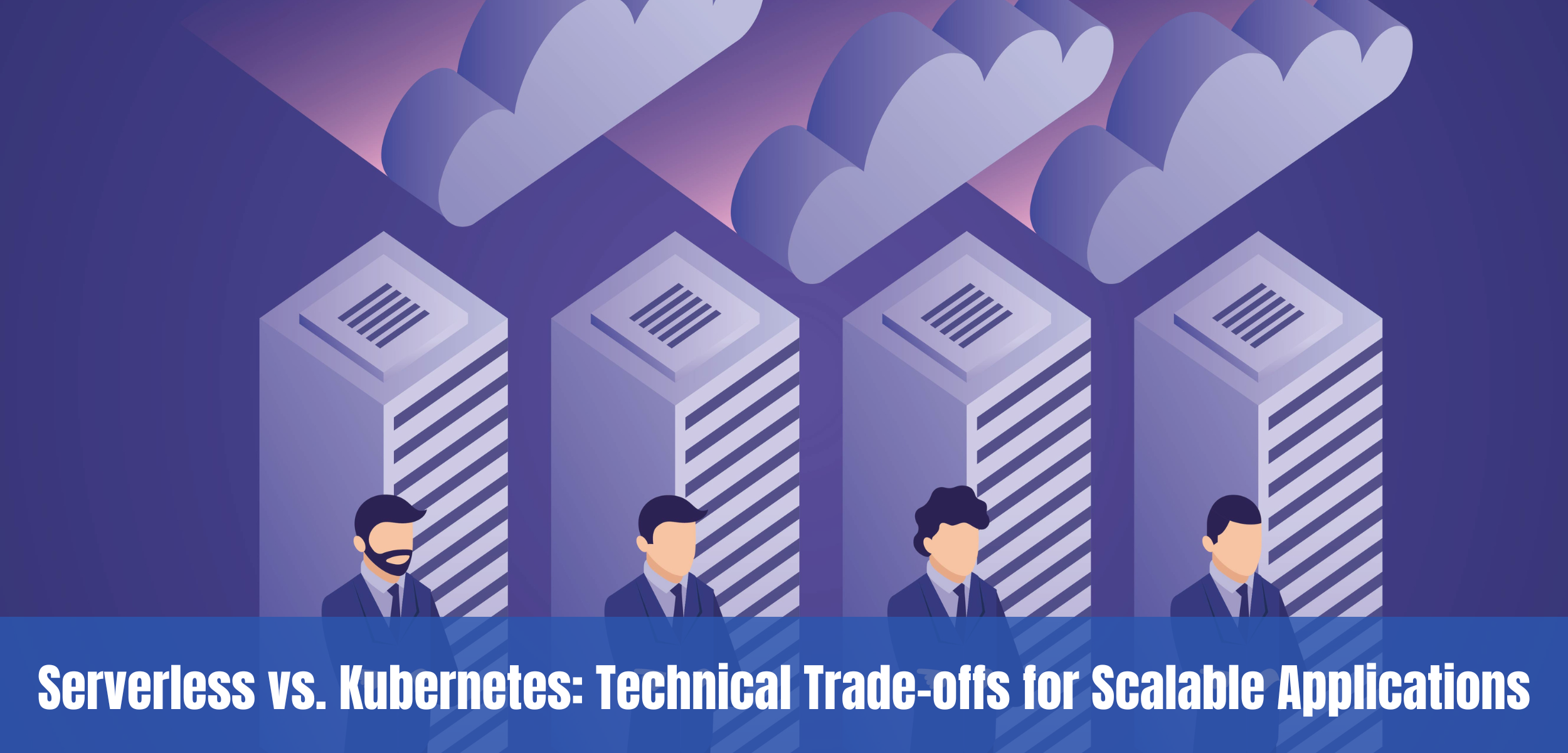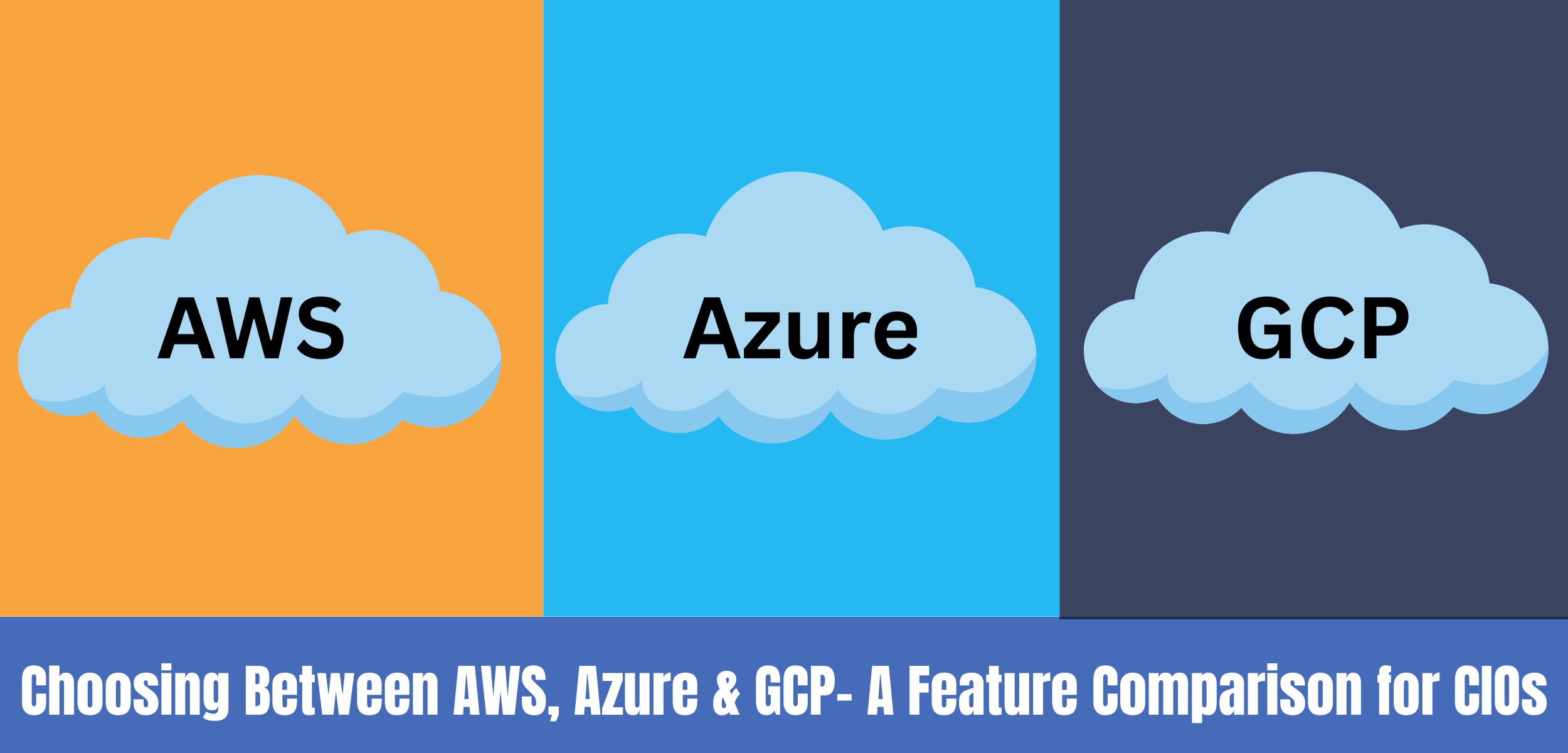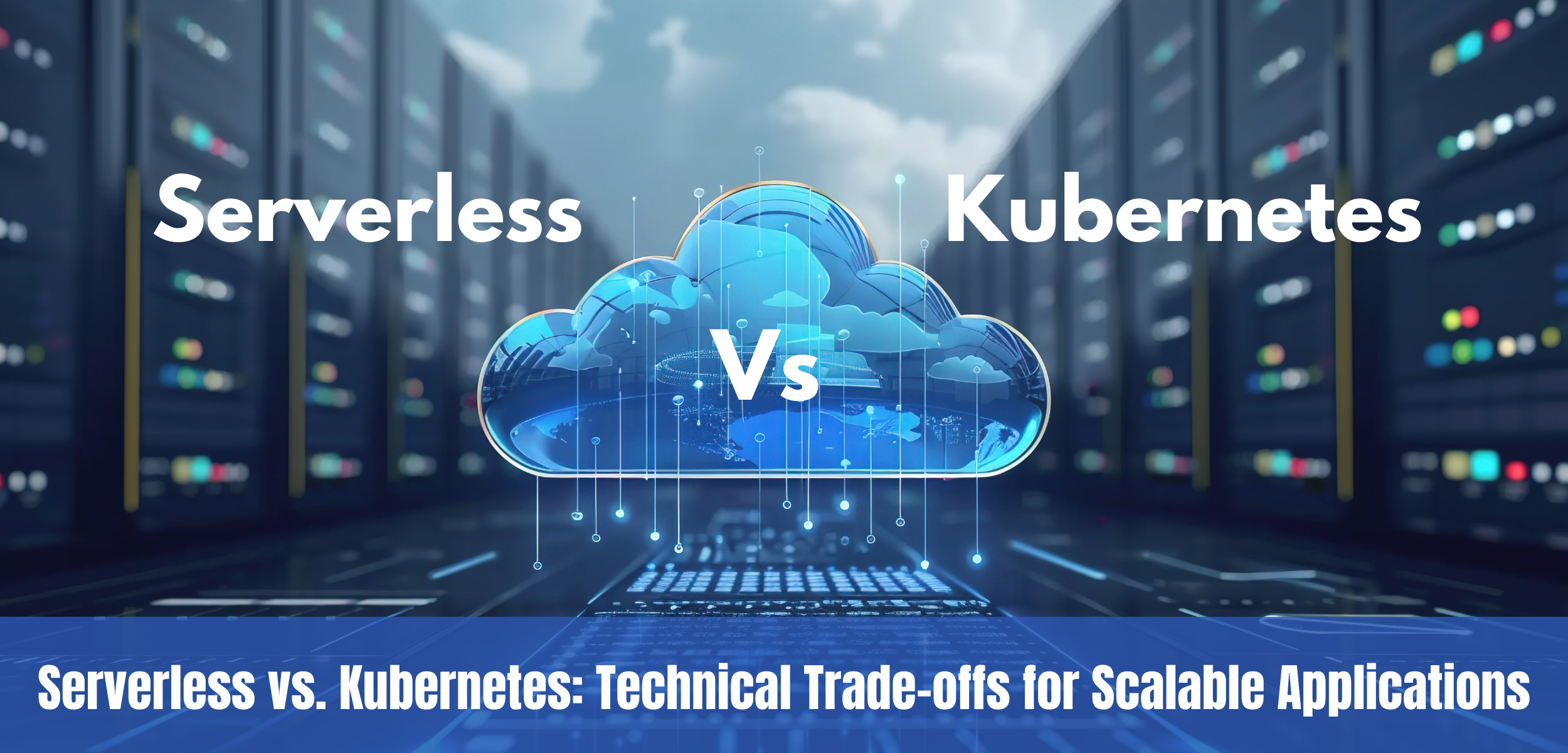1. Rethinking Resilience in a Multi-Cloud Era
In today’s digital-first economy, businesses are no longer measured solely by innovation, but by their ability to stay operational—always. Whether it's an e-commerce platform during a flash sale, a banking app during a regional outage, or a global SaaS tool supporting remote teams, resilience is no longer a feature—it’s a baseline expectation.
As enterprises adopt multi-cloud strategies to mitigate vendor lock-in, comply with regional regulations, or optimize workloads across geographies, the challenge becomes clear: How do you build applications that can withstand failure and still function seamlessly?
This article explores how organizations can design and engineer resilient applications that are prepared for the unpredictable—across multiple cloud providers.
2. What Does ‘Resilience’ Truly Mean in Multi-Cloud Applications?
Resilience, in the context of multi-cloud architecture, refers to an application’s ability to continue delivering value during disruptions—whether due to hardware failures, network outages, service throttling, or entire provider unavailability.
Unlike high availability (which ensures uptime under normal conditions), resilience accounts for unexpected conditions and focuses on graceful degradation, automatic failover, and fast recovery.
In multi-cloud setups, resilience also means handling:
- Different SLAs across providers
- Incompatible APIs and services
- Data consistency challenges across environments
3. When (and When Not) to Choose Multi-Cloud for Resilience
Multi-cloud sounds attractive, but it's not always the right fit. The decision must be strategic—driven by business goals, not tech hype.
When it makes sense:
- Regulatory mandates: e.g., government or healthcare applications that require data to reside in-country
- Uptime-critical systems: e.g., banking, e-commerce, or telecommunications
- Global user base: Distributing workloads for low latency access
- Vendor diversification: Avoiding reliance on one cloud provider
When to pause:
- If your team lacks operational maturity to manage multiple cloud platforms
- If your workloads are tightly coupled with one cloud’s proprietary services
- If complexity outweighs the resilience benefits
A well-structured evaluation matrix helps clarify the tradeoffs.
4. Foundational Design Principles for Resilient Architecture
Resilient applications share common traits, regardless of industry or cloud provider:
- Design for failure: Assume everything will eventually break—build for it.
- Abstract cloud dependencies: Use APIs, containers, and service mesh to reduce tight coupling.
- Automate failover: From DNS to database recovery, automate responses to outages.
- Minimize shared state: Stateless microservices are easier to scale and failover.
- Isolate blast radius: Limit the scope of failures through zone or region separation.
These principles shift resilience from a reactive posture to a proactive one.
5. Core Architecture Patterns for Resilience
Active-Active:
Applications run simultaneously across two or more clouds, sharing traffic and load. If one cloud fails, the other picks up instantly.
Pros: Continuous availability, geo-redundancy
Cons: High cost, complex data sync
Active-Passive:
Primary cloud handles traffic, while the secondary remains on hot or warm standby. Upon failure, systems cut over.
Pros: Cost-effective, easier to manage
Cons: Risk of cold-start latency, complexity in failover scripts
Abstraction Layer:
Middleware handles service calls, masking provider-specific APIs (e.g., database, messaging queues). Developers code once, run anywhere.
Pros: Cloud agnostic
Cons: Potential performance tradeoffs
|
Pattern |
Recovery Time |
Cost |
Complexity |
Best For |
|
Active-Active |
Near zero |
High |
High |
Global services, critical apps |
|
Active-Passive |
Minutes |
Medium |
Moderate |
Compliance-focused systems |
|
Abstraction |
Varies |
Low-Med |
Medium |
Dev teams with portability goals |
6. Building Blocks of a Resilient Multi-Cloud Stack
Compute & Networking
- Use Kubernetes to deploy clusters across GCP, AWS, or Azure
- Global DNS routing and service mesh (e.g., Istio or Consul) for intelligent traffic control
Cloud-native load balancers with health probes for auto-failover.
Data Layer
- Multi-master replication (e.g., CockroachDB, YugabyteDB)
- Sync strategies: eventual vs. strong consistency
Cross-cloud backup pipelines with encryption at rest and in transit
Observability & Monitoring
- Implement OpenTelemetry for unified tracing
- Set up multi-cloud log aggregation (e.g., ELK, Datadog)
- Real-time anomaly detection using ML models
Security & Access
- Federated IAM with policies enforced via OPA (Open Policy Agent)
- Secrets management tools with cross-cloud rotation
- Audit trails and compliance logging in all zones
7. Engineering for Resilience: From Concept to Deployment
A resilient architecture is only as strong as its engineering practices. Key workflows include:
- IaC (Infrastructure as Code): Use tools like Terraform or Pulumi to define reproducible cloud infrastructure
- CI/CD Pipelines: Centralized deployment with provider-specific extensions
- Chaos Engineering: Inject failures deliberately to test system responses
- Incident Runbooks: Predefined playbooks for various outage scenarios
Include resilience checks in every stage—from build to deployment to post-production monitoring.
8. Common Mistakes That Undermine Resilience
Even the best strategies fail if not implemented thoughtfully.
- Overengineering: Complexity without clear ROI
- Blind duplication: Simply copying architecture across clouds without optimization
- Configuration drift: Inconsistent IaC scripts between clouds
- Ignoring cost implications: Egress, replication, and multi-region traffic can inflate bills
- Lack of testing: Systems that fail when most needed due to unverified assumptions
Avoiding these pitfalls requires regular audits, documentation, and cross-team alignment.
9. The Road Ahead: Trends Shaping Multi-Cloud Resilience
The multi-cloud ecosystem is evolving rapidly. What lies ahead:
- AI-powered Observability: Predictive failure detection and self-healing recommendations
- Unified Policy Engines: Central governance across disparate environments
- Edge-Cloud Resilience: Bringing compute closer to users for lower latency and higher redundancy
- Industry-Specific Clouds: Compliant, pre-configured platforms for finance, healthcare, and defense sectors
As cloud complexity increases, organizations that prioritize resilience will lead with confidence and continuity.
10. Conclusion
Resilience in multi-cloud environments is not about chasing perfection. It’s about preparing for imperfection.
By embracing cloud-neutral design principles, automating recovery workflows, and actively testing for failure, enterprises can deliver consistent, reliable experiences—regardless of the cloud provider or region.
In a world where outages and disruptions are inevitable, resilience becomes your competitive advantage.
Need Expert Help Designing Resilient Multi-Cloud Systems?
Evermethod Inc specializes in building enterprise-grade, resilient cloud architectures tailored to your business needs. Whether you're adopting multi-cloud for compliance, performance, or continuity—our expert teams can design, build, and optimize it with confidence. We work across leading platforms like Azure, AWS, and GCP to deliver true multi-cloud systems that align with your goals.
Reach out to Evermethod Inc today to future-proof your systems with intelligent, scalable, and resilient solutions.
Get the latest!
Get actionable strategies to empower your business and market domination
.png?width=882&height=158&name=882x158%20(1).png)

.png/preview.png?t=1721195409615)

%2013.png)


